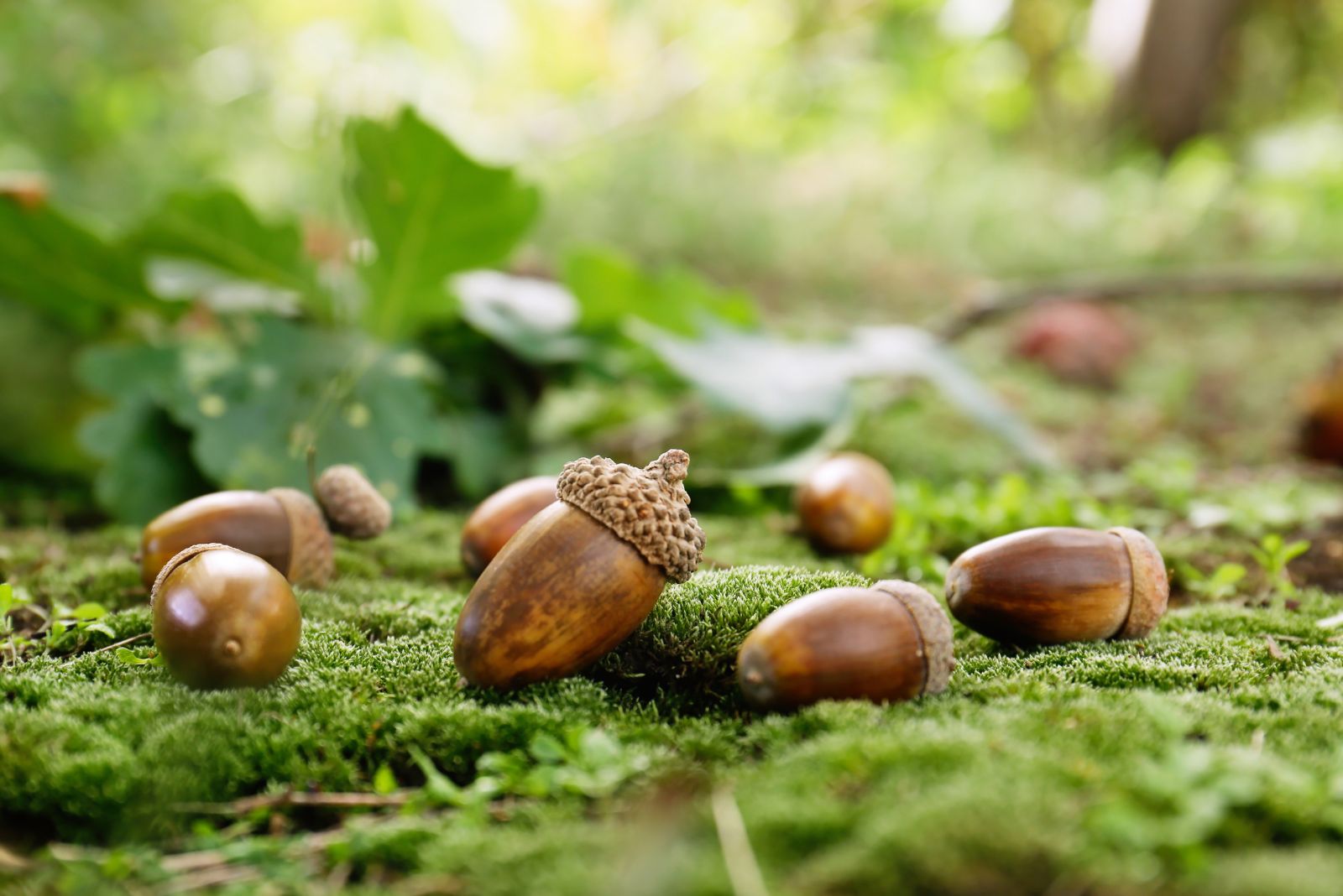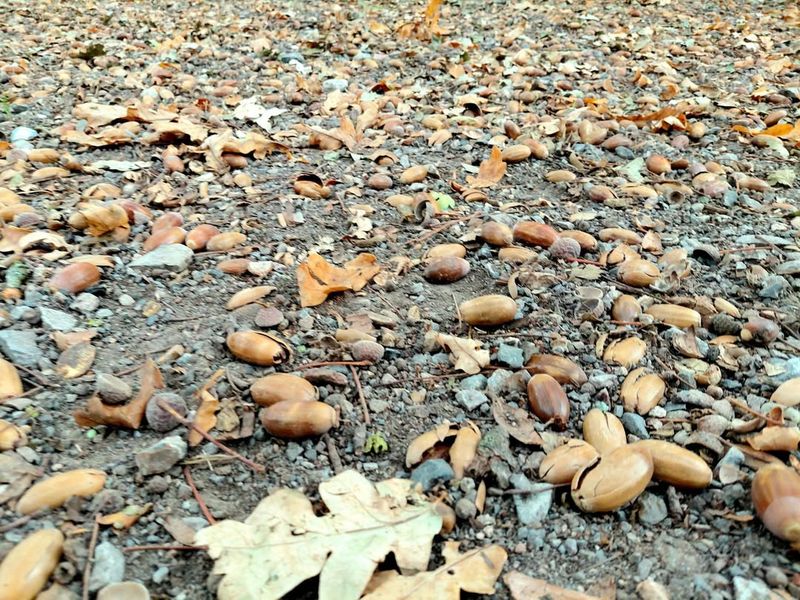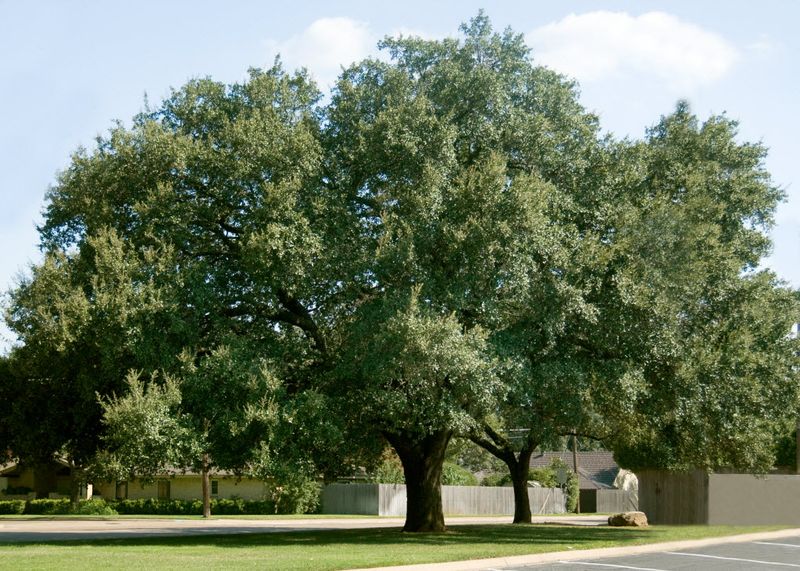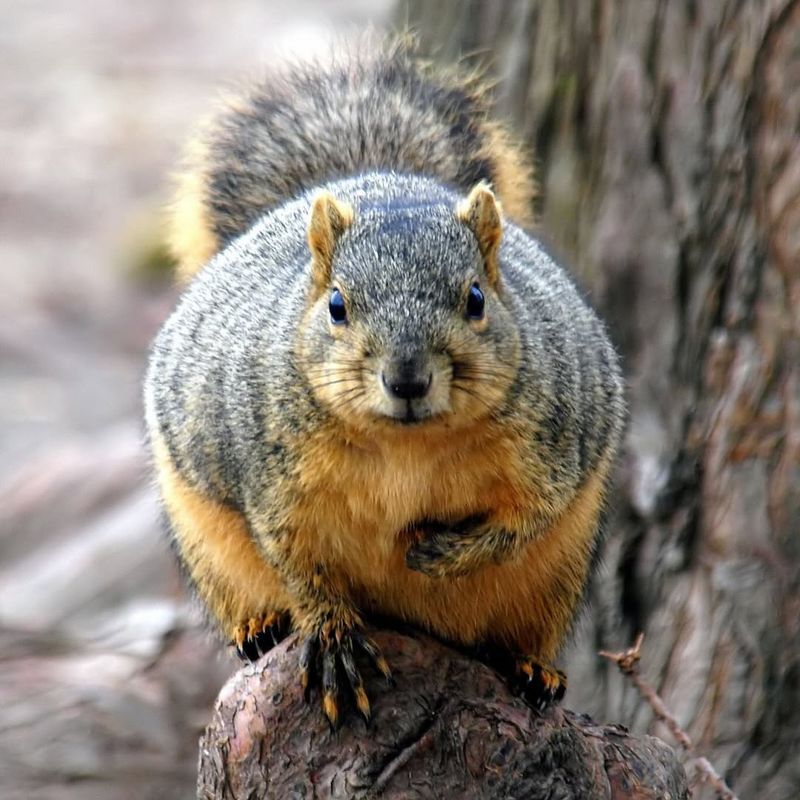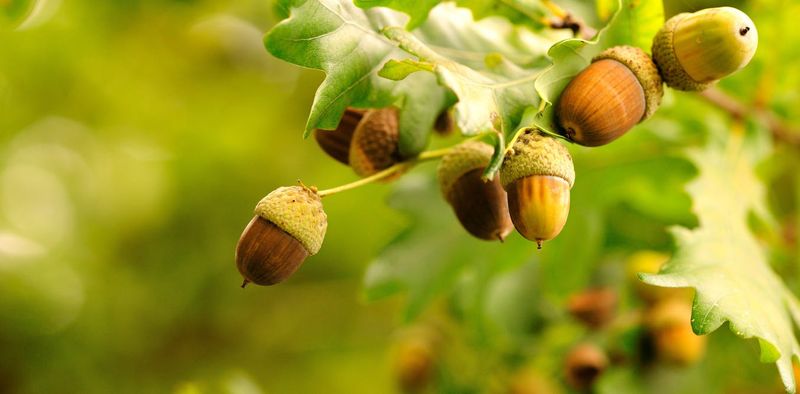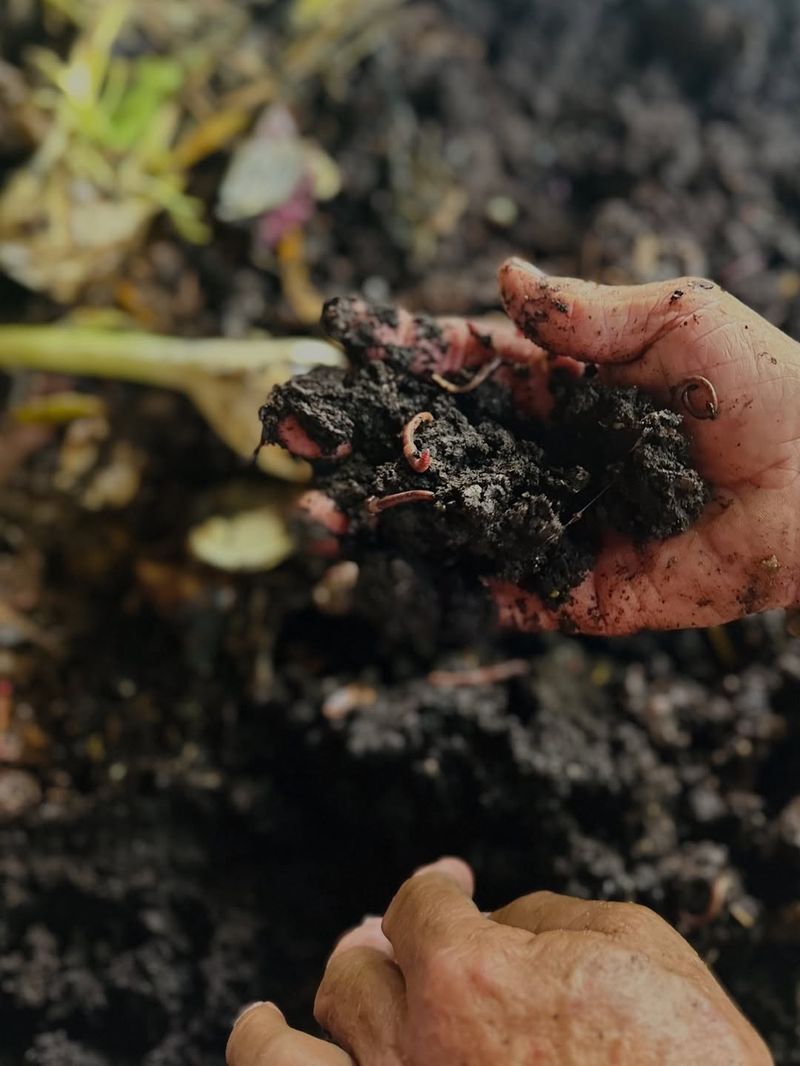Acorns seem to be dropping in Indiana yards like someone opened the floodgates, leaving driveways, decks, and lawns covered almost overnight. What feels like a sudden mess often points to bigger changes happening high in the canopy.
Oaks may be gearing up for a tough season, feeding more wildlife, or reacting to swings in temperature and rainfall. When each step across the yard starts to crunch, it is clear the trees are sending a message. Understanding what sparked this spike can help homeowners make sense of the acorn storm rolling through the state this year.
1. Mast Year Phenomenon
Oak trees follow a natural cycle where they produce massive amounts of acorns every few years. Scientists call this a mast year, and it’s nature’s way of overwhelming predators like squirrels and deer.
When trees drop tons of acorns at once, animals can’t eat them all, which means more seeds survive to grow into new trees. Indiana’s oaks are currently in one of these productive cycles, flooding yards everywhere with their nutty bounty.
2. Perfect Weather Conditions Last Spring
Spring weather plays a huge role in acorn production. Last year’s mild temperatures and steady rainfall created ideal conditions for oak trees to flower successfully.
When oak flowers get pollinated without being damaged by late frosts or heavy storms, they develop into acorns. Indiana experienced particularly favorable spring weather, with warm days and gentle rains that helped oak trees set a record-breaking acorn crop that’s now falling from branches across the state.
3. Drought Stress From Previous Years
Trees sometimes produce extra seeds when they’ve experienced stress. After facing drought conditions in recent years, Indiana’s oak trees may be responding with increased acorn production as a survival strategy.
When trees sense environmental challenges, they instinctively try to reproduce more to ensure their species continues. It’s like the trees are saying, “We better make lots of babies while we can!” Your overflowing gutters might be the result of this natural defense mechanism.
4. Mature Oak Tree Population
Indiana has a large population of oak trees that have reached their prime acorn-producing age. Trees between 20 and 80 years old produce the most acorns, and many of the oaks planted decades ago are now hitting this sweet spot.
Neighborhoods developed in the 1970s and 1980s now have mature oak landscapes that are pumping out acorns like never before. Your yard might be experiencing the fruits of planning decisions made long before you moved in.
5. Abundant Sunshine This Summer
Sunshine is like food for trees, helping them create energy through photosynthesis. This summer’s plentiful sunny days gave oak trees extra energy to develop large, healthy acorn crops.
More sunshine means more sugars produced in the leaves, which the tree can then invest in making acorns. Indiana enjoyed particularly bright summer months with less cloud cover than usual, supercharging oak trees’ ability to produce those nuts currently covering your driveway and making walking barefoot a risky adventure.
6. Lower Squirrel And Deer Populations
Fewer animals eating young acorns means more nuts survive to maturity and eventually fall to the ground. Some Indiana areas have seen temporary dips in wildlife populations due to various factors including habitat changes and disease.
When predation pressure decreases, oak trees don’t need to work as hard to ensure seed survival, but they’re still producing at high levels. The result? More acorns make it from the tree to your lawn, creating those ankle-twisting hazards everywhere you step.
7. Synchronized Oak Species Timing
Different oak species sometimes synchronize their mast years, meaning red oaks, white oaks, and other varieties all produce heavily at the same time. When this happens, the acorn explosion becomes even more noticeable across entire regions.
Indiana is home to multiple oak species, and this year many of them aligned their production cycles. Whether you have pin oaks, burr oaks, or black oaks, they’re all contributing to the acorn avalanche making your yard look like a nut factory exploded.
8. Nutrient-Rich Soil Conditions
Healthy soil feeds healthy trees, and Indiana’s soil has benefited from recent conditions that boosted nutrient availability. Decomposing leaves from previous years and natural soil processes have enriched the ground beneath oak trees.
When trees have access to plenty of nitrogen, phosphorus, and other nutrients, they can afford to invest more resources in reproduction. Your oak trees are essentially well-fed and showing it by producing bumper crops of acorns that are keeping you busy with raking and cleanup duties.

